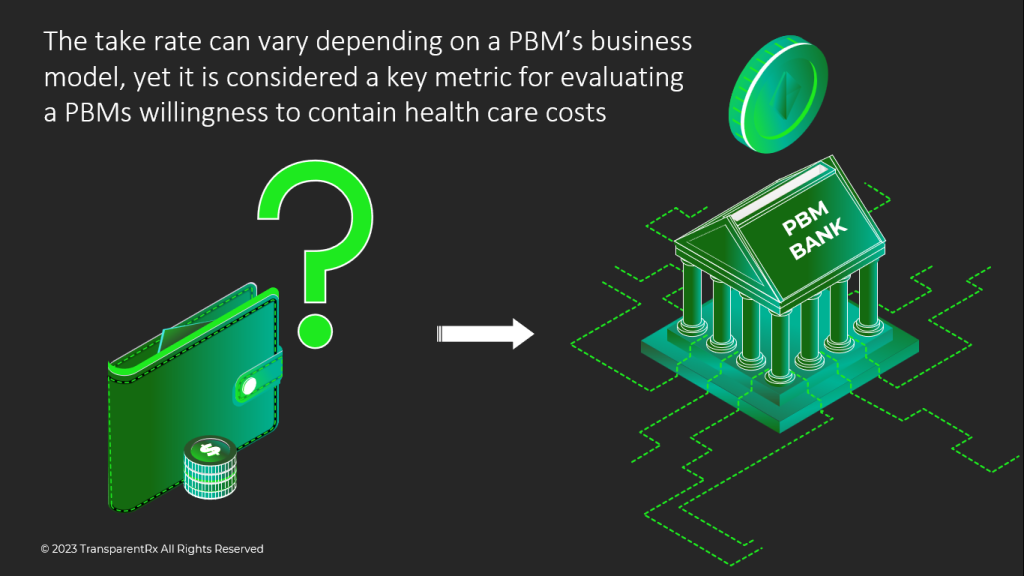Pharmacy benefit costs have become increasingly unsustainable, according to professionals in HR, finance, and procurement. Attempts to curb these costs, such as raising employee cost share and limiting access, have had limited success. Unsurprisingly, many pharmacy benefit managers (PBMs) are profiting significantly, often surpassing the actual cost of prescription drugs. Uncovering overcharges in pharmacy benefit management requires a unique skill set and values.
In this article, we present three key indicators to determine if your PBM is overcharging you, empowering you to improve your company’s pharmacy benefit management results.
- Contract Definition for Brand, Generic, and Specialty Drugs: The contract definition for brand, generic, and specialty drugs serve as an essential starting point. If your definition resembles the following example: “Brand Drug means a prescription product identified as a ‘brand’ by Acme PBM or its designee using indicators from reporting services such as First Databank or other third-party reporting sources,” it’s likely that you are being overcharged. A vague or convoluted definition can be exploited to inflate costs. A report, by data analysis firm 46Brooklyn Research, found PBMs charged employers $16,000 for a 180-supply of the generic multiple sclerosis drug Tecfidera. Meanwhile the cash price (no insurance) is $162 for the same prescription. The investigation also discovered that 42% to 54% of the medications on the specialty lists were generics, which is a high percentage. They were therefore on expensive specialty preferred lists even though they are often off-patent and ought to be less expensive because of competition.
- Contract Definition for Rebates: Examining the definition of rebates in your contract is crucial. Ensure that there are no unreasonable exclusions or limitations such as DAW codes, for instance. Remove any phrases resembling “Rebates do not include administrative fees paid by Pharmaceutical Manufacturers” or “Rebates do not include purchase discounts paid by Pharmaceutical Manufacturers or directly attributable to the utilization.” Such exclusions permit the PBM to retain discounts that otherwise should be passed through to the self-funded health plan.
- Low or No Administrative Fee: An excessively low administrative fee should raise suspicion as it often indicates overpayment. If the administrative fee is artificially too low, how then does the PBM earn its management fee? PBMs want their clients to accept an artificially low administrative fee. It gives non-fiduciary PBMs a blank check of sorts to keep discounts they’ve negotiated with pharmacies, drug wholesalers and manufacturers. This becomes particularly concerning when the plan sponsor lacks audit rights on pharmacy reimbursements, cannot determine net costs through NDC claim level detail for rebates, or has limited input on benefit design beyond member cost share. These conditions limit transparency and will lead to overcharges.
Effectively managing pharmacy benefits is a complex task, demanding considerable time, effort, and expertise. While anyone can assess profitability from a P&L statement, understanding the underlying story behind pharmacy benefit cost drivers requires specialized skills, such as those provided by a Certified Pharmacy Benefits Specialist (CPBS). Similarly, uncovering overcharges in pharmacy benefit management to achieve lowest net cost necessitates a unique skill set and values. By being aware of the indicators discussed above, you can uncover potential overcharges and take steps toward improving your company’s profitability.

